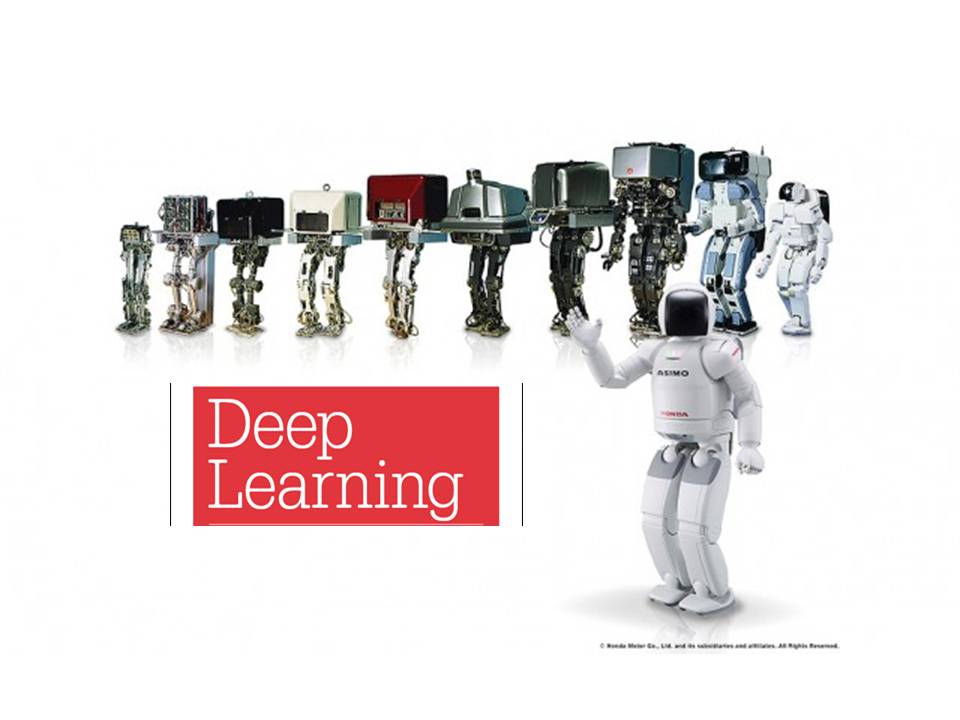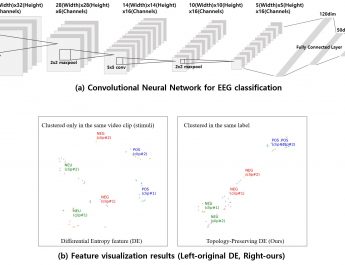At the core of clinical medicine is shared decision-making about tests and treatments based upon individual patients’ risk-benefit calculus. Interventions are undertaken when the benefit outweighs the risk from a patient’s perspective.
Although much of the art of medicine relies on gestalt, the use of data-driven approaches to quantify both potential value and probable harm is a core precept of modern practice. No stranger to statistical modeling for risk quantification, anaesthesiology is warming up to applications of one of our generation’s most exciting new technologies: deep learning.
In this issue of the British Journal of Anaesthesia, Fritz and colleagues apply sophisticated deep learning approaches to the task of estimating 30-day postoperative mortality risk and compare them with other machine learning techniques. Using patient data derived from the pre- and perioperative period, they developed postoperative mortality models with various methodologies. They compared these various approaches on the basis of area under the receiver operator characteristic curve (AUROC) and area under the precision-recall curve (AUPRC), and also examined calibration with the use of a reliability curve. When evaluated on their held-out test set, the authors showed the deep learning-based approaches to be superior.
Christopher V. Cosgriff
Leo Anthony Celi
British Journal of Anaesthesia,124 (2): 131e133 (2020)
doi:10.1016/j.bja.2019.10.017
Advance Access Publication Date: 6 December 2019





